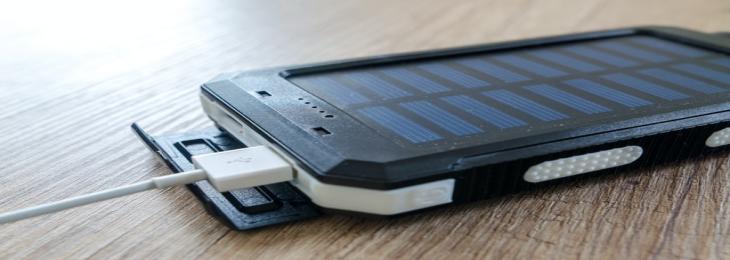
Scientists have made a breakthrough that could lead to batteries that charge in a fraction of the time.
Nowadays, applications in electric vehicles and electrical power grids require the fast charging capability of energy storage equipment. Faster charging and discharging, or higher energy density results in more compact and lighter batteries. Often these two have some kind of 'trade-off', not all cars and car batteries are ready for this. As a result, the search for new content continues worldwide.
Next-generation battery research involves ongoing experiments with alternative materials that could lead to significant improvements in performance. Now, scientists from the Netherlands University of Twente developed an experimental lithium-ion cell with a replacement electrode design with an "open and regular" crystal structure, which allows them to charge up to 10 times faster than today's equipment. Lithium-ion batteries that charge today's smartphones, electric vehicles, and various other devices have the cathode, and also the anode, and this new study concentrates on the latter. Currently, these anodes are made up of graphite, which serves them well in some ways but they're not able to assist ultra-fast charging rates without breaking.
The scientists believe they have found an appropriate substitute material called nickel niobate. In contrast to the asymmetric sort of the preceding solutions, nickel niobate has an "open and regular" crystal structure with a consistent, repetitive channel for ion transport. The researchers assembled this anode into an entire battery and tried out its efficiency, finding that it offers an ultra-fast charging rate of 10 times faster than today's lithium-ion batteries. They also noted that as compared to graphite, nickel niobate is more compact and thus encompasses a high-accuracy energy density that can be just like commercial versions of cells that are lighter and more compact.
The researchers said that these results indicate the energy storage capacity of anodes within active battery devices. The researchers believe that there is an instant potential for grid applications that charge electric machines that require fast charging or transport hefty electric vehicles. However, additional research and solutions are required to ensure they are acceptable for use in electric vehicles.






